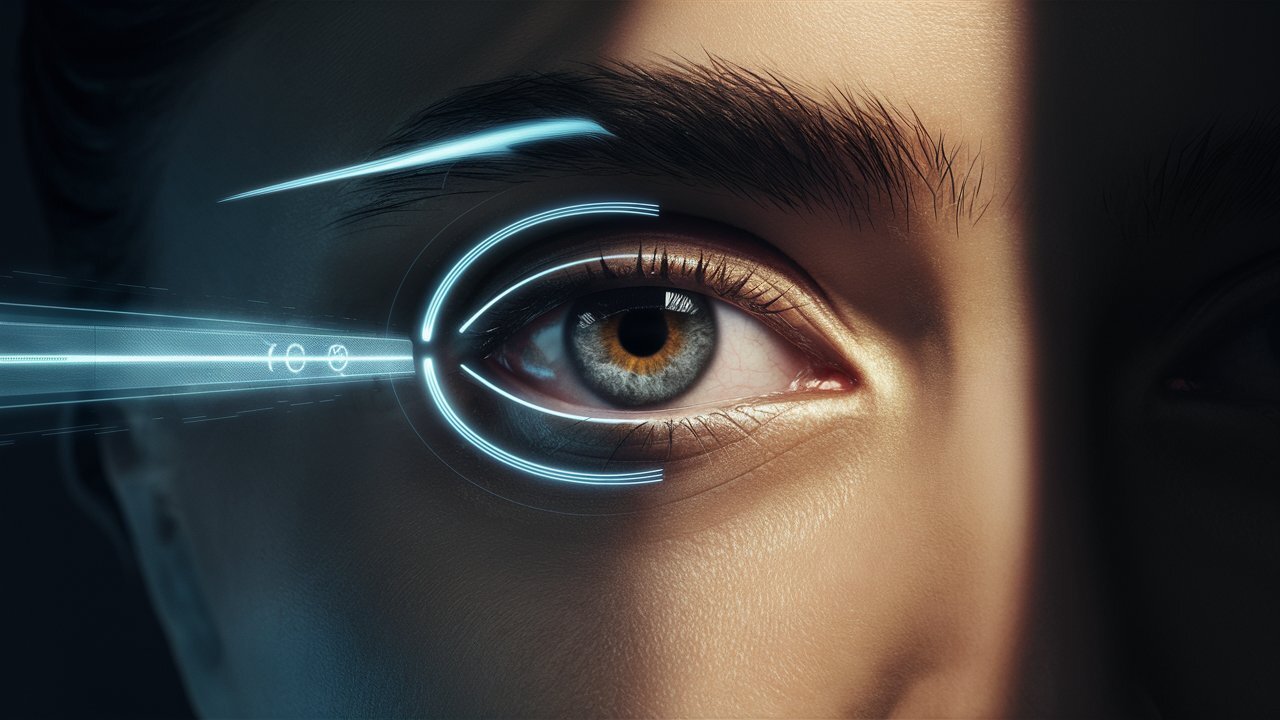Externally, they are no different from ordinary lenses, but thanks to frequency coding and spherical micro nanoprocessing, they have the ability to track eye movements extremely precisely and recognize commands.
The lenses are equipped with four wireless RFID tags located on the edges and coated with medical-grade silicone.
They have a curve suitable for the cornea of the eye and provide comfortable use thanks to their ultra-thin layers and high air permeability.
After calibration, the lenses can track movements with an accuracy of 0.5°, taking into account the individual characteristics of the eyes. They are resistant to strong light and projection images and are not affected by electromagnetic interference from smartphones and routers.
The lenses were subjected to biocompatibility tests, including a 72-hour cytotoxicity test and a week-long test on rabbit eyes.
The team demonstrated a variety of applications for these lenses, including writing, drawing, controlling games and web pages, and controlling cameras and self-driving cars.
Due to their sensitivity, versatility, comfort and safety, these lenses have great potential for applications in various fields such as human-machine interaction, medicine and psychology.
Source: Ferra
I am a professional journalist and content creator with extensive experience writing for news websites. I currently work as an author at Gadget Onus, where I specialize in covering hot news topics. My written pieces have been published on some of the biggest media outlets around the world, including The Guardian and BBC News.










